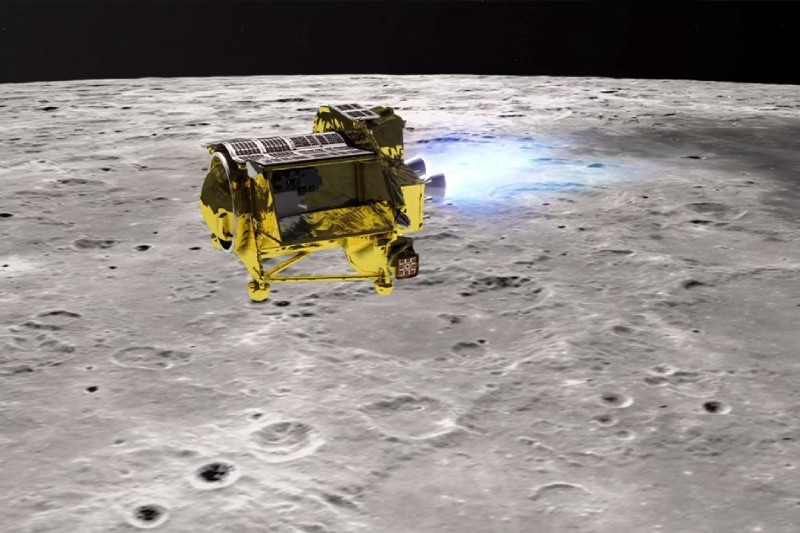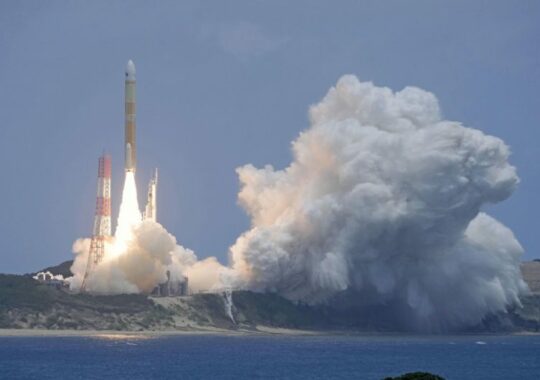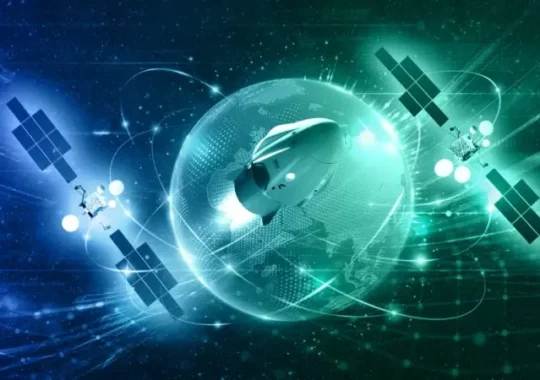The space agency said on Monday that Japan turned off its Moon lander nearly three hours after a historic touchdown to enable a potential retrieval of the probe when the sun strikes its solar panels.
Japan became the sixth nation to accomplish a soft lunar landing with its unmanned Smart Lander for Investigating Moon (SLIM) mission, nicknamed “Moon Sniper” due to the craft’s ability to land with accuracy.
Unfortunately, the Japan Aerospace Exploration Agency (JAXA) was unable to verify that the lightweight craft’s solar batteries were producing electricity following the touchdown at 20 minutes past midnight on Saturday (1520 GMT Friday).
Mission control received technical and picture data from the lander’s descent as well as from the lunar surface before remotely shutting it down.
“We’re relieved and beginning to get excited after confirming a lot of data has been obtained,” JAXA said Monday in a statement, adding that “according to the telemetry data, SLIM’s solar cells are facing west”.
“If sunlight hits the Moon from the west in the future, we believe there’s a possibility of power generation, and we’re currently preparing for restoration,” it said.
Fifty years after the first human landing to the Moon, governments and commercial companies are launching multiple new lunar missions, including SLIM.
There are many crash landings and communication errors, and only four other nations—China, the Soviet Union, India, and the United States—have successfully reached the moon.
With only 12 percent of its charge left, JAXA reported that it had removed SLIM’s battery just before three in the morning (1800 GMT Friday) “to avoid a situation where the restart (of the lander) would be hampered.”
Probes separated
The organization is currently doing a thorough examination of the information in order to ascertain if the drone succeeded in reaching its target landing location, which is 330 feet or 100 meters away.
The mission’s target was a crater thought to contain exposed surface mantle material, which is the Moon’s normally deep inner layer under its crust.
In order to establish facilities there as potential stopovers on the route to Mars, JAXA sought to solve the enigma surrounding the Moon’s potential water supplies through geological analysis.
Two probes, one equipped with a transmitter and the other intended to roll over the lunar surface and send photographs back to Earth, separated successfully.
This slightly larger than a tennis ball, shape-shifting mini-rover was co-developed by the company that makes the Transformer toys.
On Monday, JAXA announced that it was getting ready to release more information this week regarding the mission’s outcomes and the whereabouts of the SLIM vessel.
“We may be able to produce plenty of results and we’re happy that the landing succeeded,” the statement read, despite the fact that not everything went as planned.
Japan has had two failed lunar missions in the past, one of which was public and the other private.
As part of the US Artemis 1 mission, the nation sent the Omotenashi lunar probe in 2022, although it was an unsuccessful mission.
Japanese startup ispace made a fruitless attempt to land on the moon in April, losing contact with its ship following what it called a “hard landing.”





